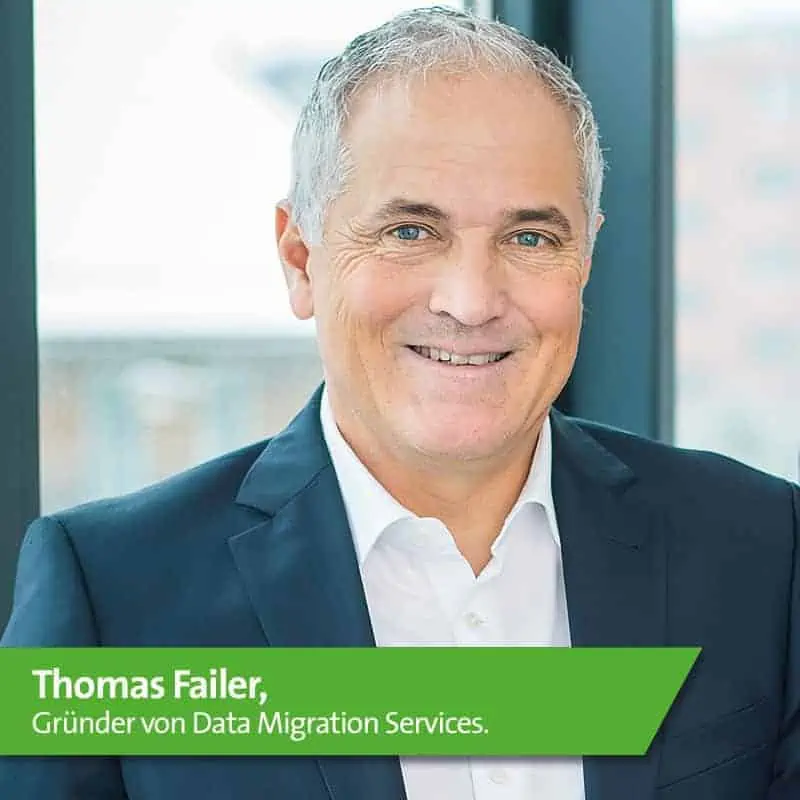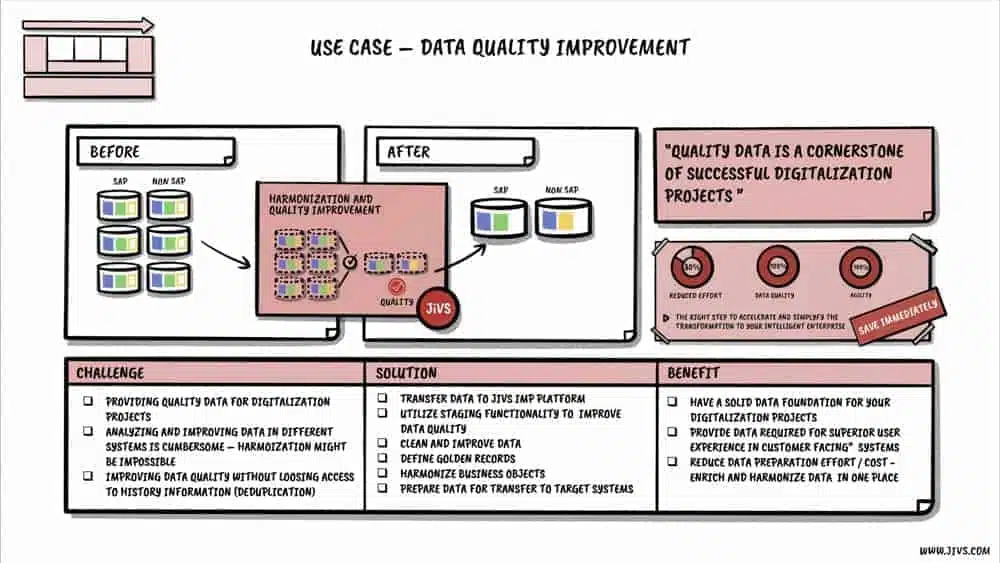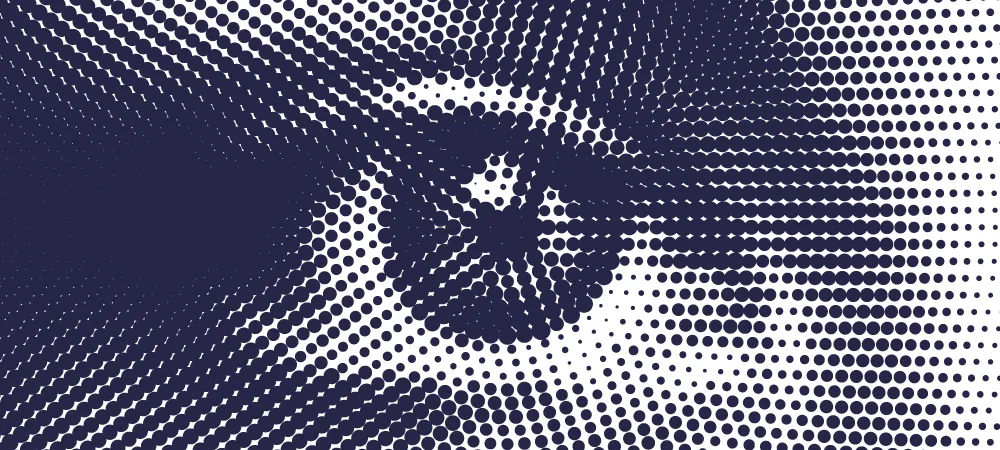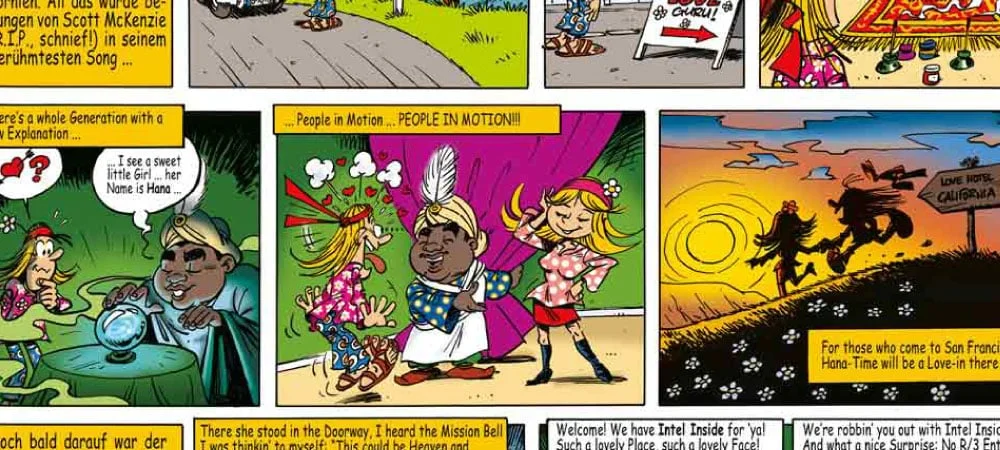The Problem With (Inaccurate) Historical Data
![[shutterstock.com: 1135176134, SkillUp]](https://e3mag.com/wp-content/uploads/2020/09/shutterstock_1135176134.jpg.webp)

Data are the fuel of the digital economy. Whether we’re measuring our vital signs with mobile apps, optimizing our energy consumption at home, or letting our cars drive for us—everything hinges on data and their quality! This is equally true for modern business models of digital newcomers as well as established companies in traditional industries.
Desire and reality
The reality of many SAP customers looks different, however: One customer (or supplier, product, material, etc.), many data sets – a typical situation, mostly born of necessity. Let’s imagine that a customer calls with a maintenance issue, and their data is recorded in the system. They call again sometime later with a different problem. Their data is again recorded in the system – but this time, the service employee makes a mistake in the data. The third time the customer calls to order a product, they have moved to a different city since last time. Because employees can’t find the address in their system, the sales team creates a new data set.
Considering the many rarely used archives and legacy systems, it becomes clear that the phenomenon explained above has usually been happening for a long time, sometimes even since the company’s founding. This enormous amount of data is the edge that traditional companies have over their younger, more digital competitors: Historical data means intellectual property and whole generations of customer relationships. However, this treasure trove of data is usually buried under a layer of data garbage, making it hard to benefit from.

This is because historical information contains a tremendously valuable treasure for future value creation: the intellectual property and history of entire generations of customer relationships - something that the newcomers and challengers cannot yet have to this extent. But this treasure is difficult to unearth if it is buried under data garbage, so to speak. Digitization and big data through to IoT - more than ever, it is not only important to have correct data, but also to harmonize it. Today, master data on customers, suppliers, products, etc. is usually available in a variety of different structures that correspond to the number of applications and systems in which they are maintained.
In times of digitalization, big data and IoT, accurate data sets are not enough—they also need to be harmonized. Master data about customers, suppliers, products, etc. are usually dispersed over numerous different applications and systems. Even if there exists a clean, correct, and complete set of master data in a system somewhere, this doesn’t mean that companies suddenly have a comprehensive overview of all their business objects. Only a harmonized data structure, maintained and optimized independently of individual systems, can guarantee such an overview.
Consolidation alone is not enough
Mastering this challenge is difficult, to say the least. Over the past years or even decades, SAP customers’ IT landscapes have grown organically, a living testament to their complex company history. This complexity, however, threatens to become unmanageable, which is why many organizations have been investing heavily in projects to consolidate and harmonize their IT landscapes. The goal is one global central system, especially when it comes to ERP.
A noble goal, but there are a few hurdles to reaching it. For example, data and documents stored in legacy systems are often restricted by legal retention periods. Instead of decommissioning them, companies often continue to operate legacy systems to ensure legal compliance. Consequently, the complexity isn’t reduced, and too many personnel and financial resources are invested in these systems instead of real innovative initiatives.
The worse the data quality in legacy systems is, the harder it becomes to ensure companies reach their goal of a central ERP system for all employees and departments globally, since it can only work if a company’s processes have already been optimized and modernized. Inadequate data quality and complexity are mutually dependent on each other.
What SAP customers therefore need is the right technology—technology that not only promises to optimize data quality, but also harmonize IT structures. They should aim to implement kind of a virtual (because system-independent) master data management which adapts all the different table structures and attributes of individual systems to one golden standard, creating a common business object record.

Clear the stage for harmonized data
The first step to comprehensive master data management should be to search all systems and applications, extract the data and store them on a neutral platform. Then, companies can analyze them and weed out duplicates, inconsistencies, and erroneous or redundant information. Based on rules that the companies define themselves, the platform automatically searches for duplicates, zip code errors, banking data, etc. and corrects the information as needed.
Such a platform can be seen as central data staging area for corporate data. It not only supports companies in optimizing their data quality, but also evaluates the reduction potential of the entire data set. SAP customers can use the platform to set selection criteria for data migration and can extract the information in a neutral format to use in consolidation projects or digitalization initiatives.
The biggest benefit of a data staging area is that companies can create a harmonized master data structure for legacy data designed to mirror the one in their future operative systems. The process is called technical structure mapping and means that data sets about customers or suppliers first created in SAP ECC 6.0 or any other third-party system are displayed as if they had been created in SAP S/4 Hana with the single business object Partner. If during the mapping companies notice that some information is missing, data sets from third-party systems in sales and service departments can be used to enhance it.
Filters and selection criteria can be used for customization. For example, companies can define rules so that they’ll only see five years of orders instead of throughout their entire history. However, since all legacy information are transferred to the neutral platform, the selection criteria can be changed at anytime to reflect different business needs. Consequently, SAP customers ensure a comprehensive overview of all their business objects and central data structure.
Digital future
The impending transformation to SAP’s new software generation is a great opportunity for data harmonization, which is easiest and most cost-efficient if it happens before the migration to S/4 Hana. Only if data harmonization happens independently of individual systems can it effectively fill its role as digital transformation catalyst.
This approach, combined with a suitable software solution, like system-independent and auditor-certified information management platform JiVS IMP, paves the way to the digital future for established companies and SAP customers with heterogenous application and system landscapes.









